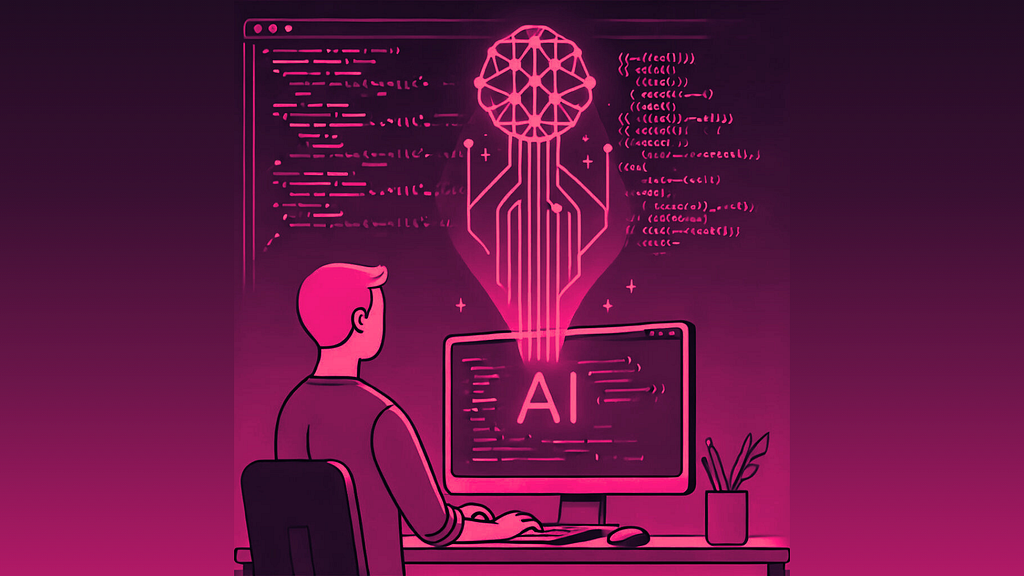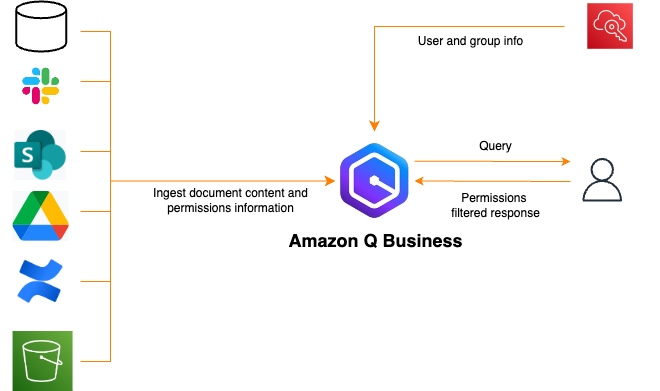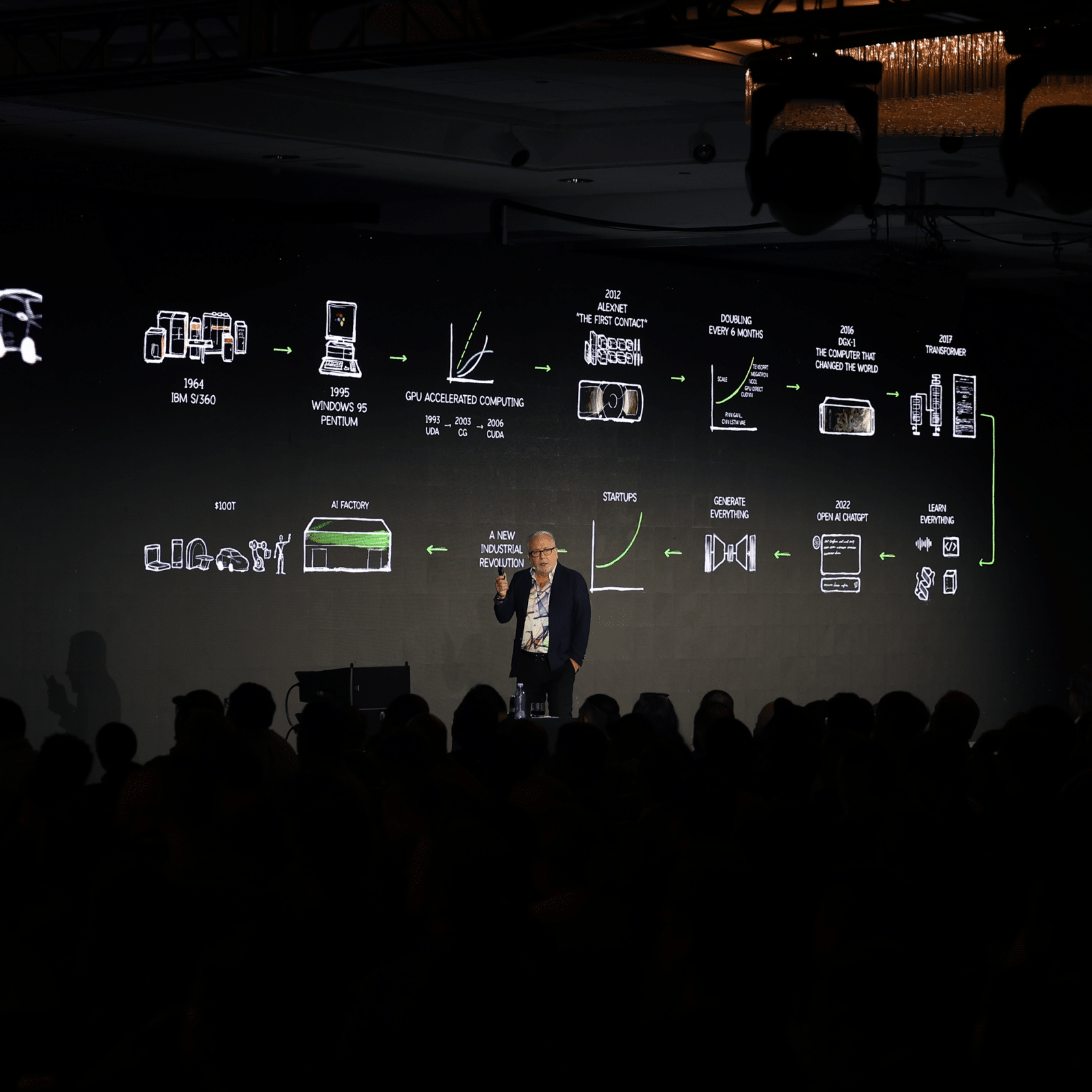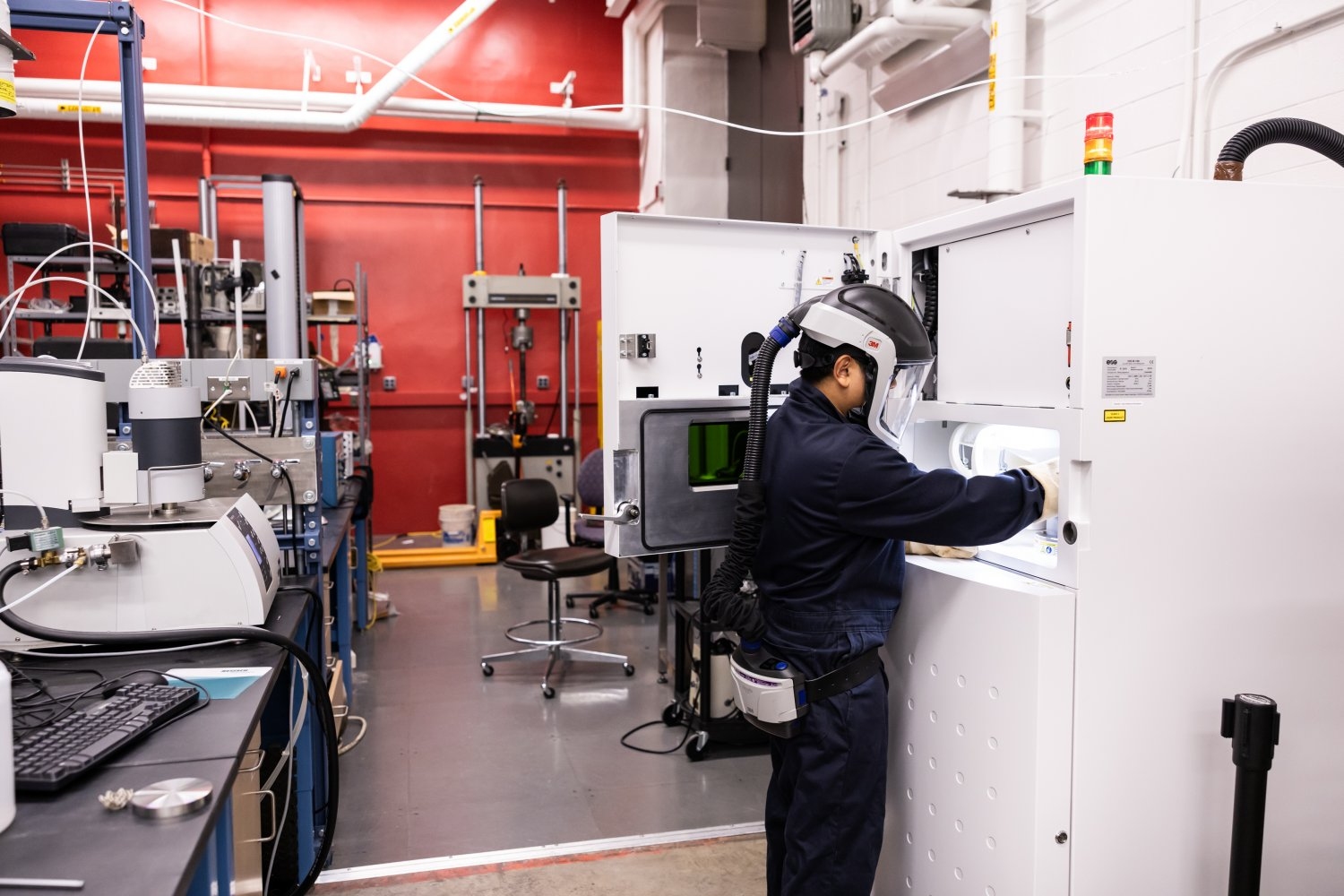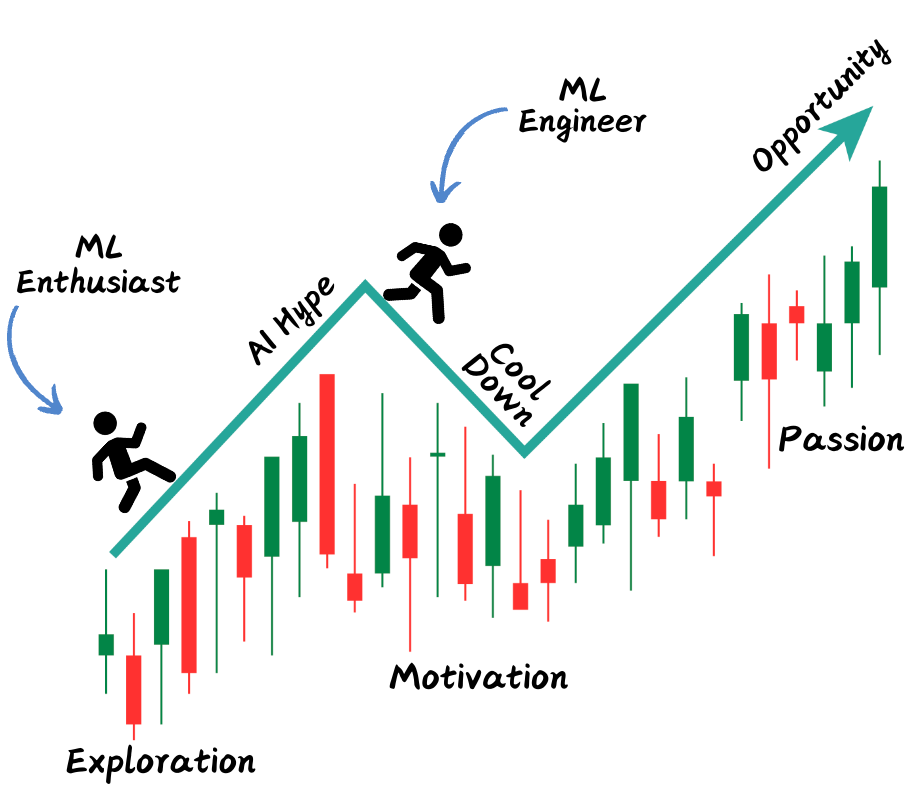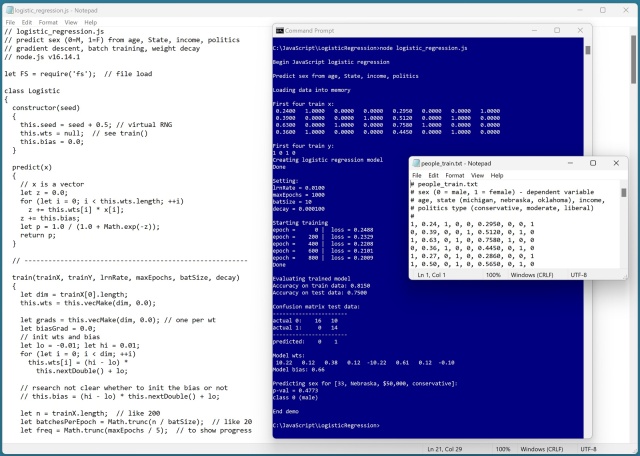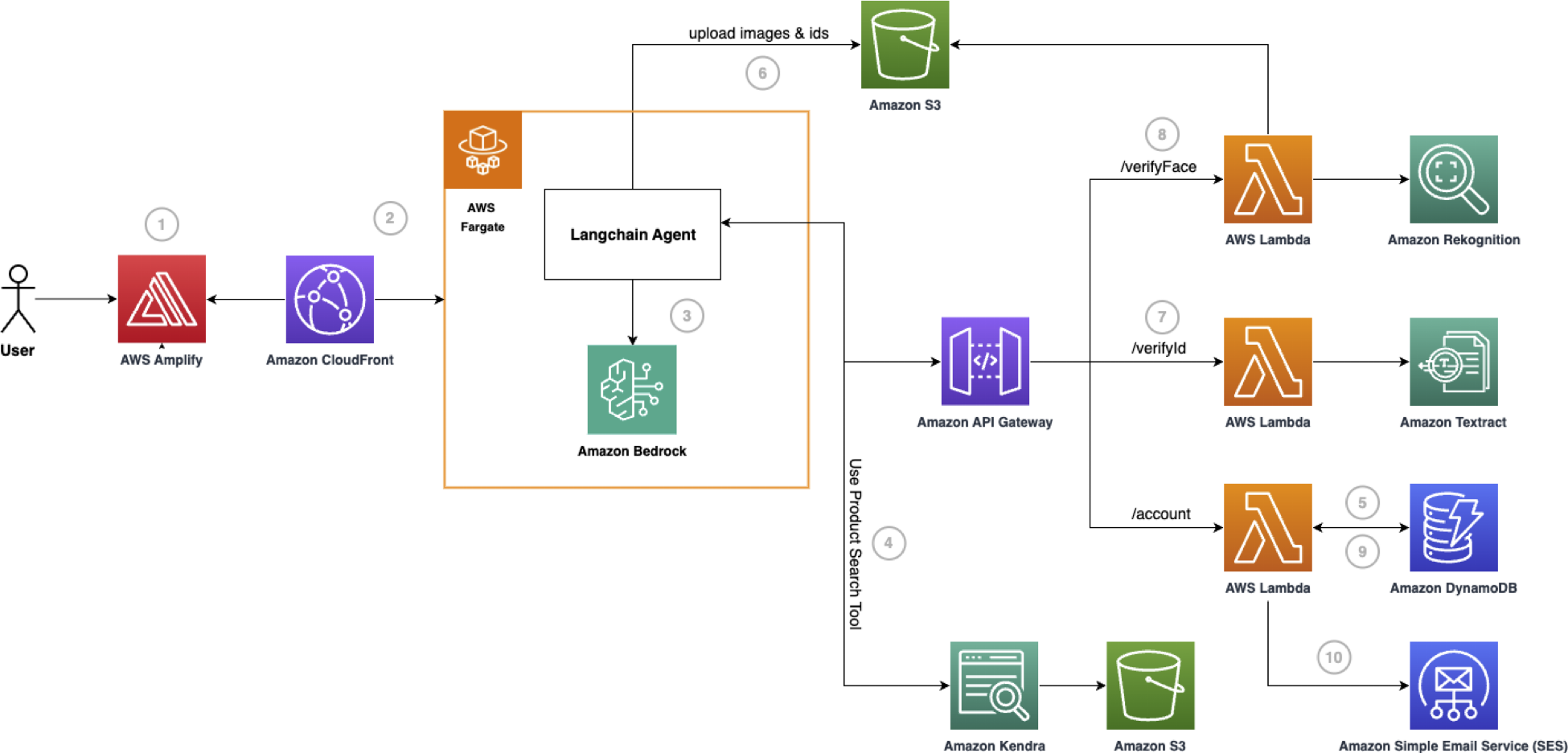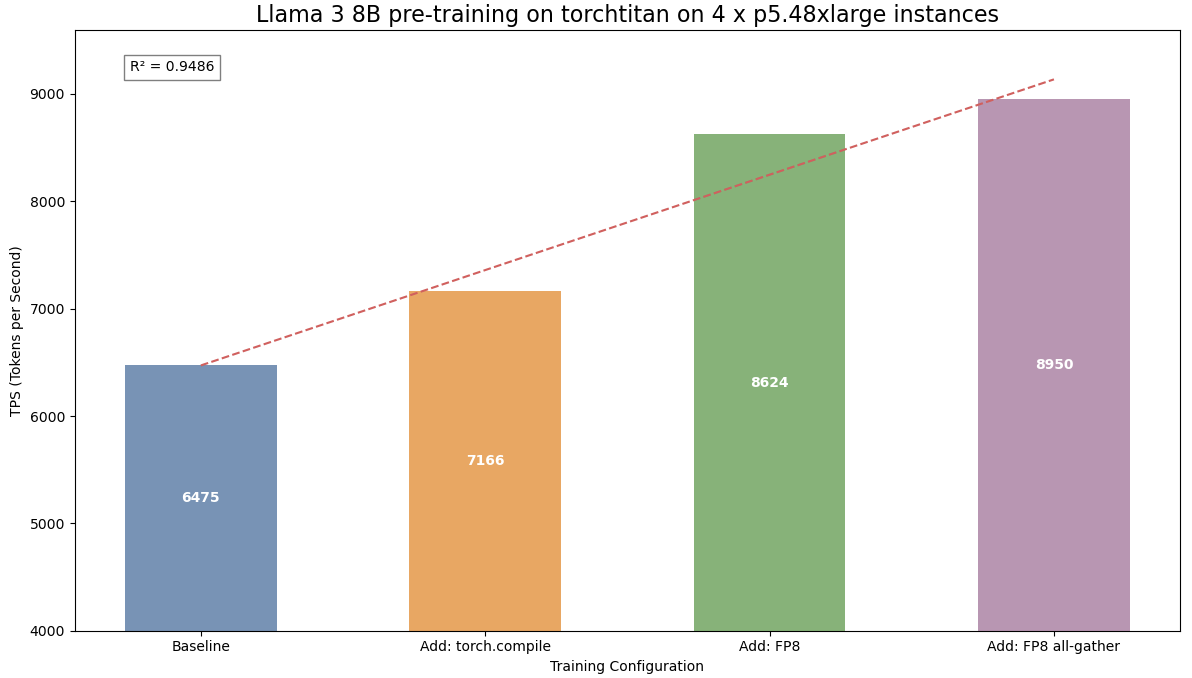Google Colab, integrated with Generative AI tools, simplifies Python coding. Learn Python easily with no installation needed, thanks to Google Colab's accessible features.
Sir Demis Hassabis, Google DeepMind chief and Nobel prize winner, emphasizes AI benefits but stresses importance of addressing risks as seriously as the climate crisis. Hassabis, known for designing hit game Theme Park at 17, highlights the significance of balancing innovation with caution in the tech industry.
Scientists awarded Nobel prize for microRNA discovery and new protein creation. Artificial intelligence recognized in physics and chemistry prizes.
Build AI skills by creating projects. Start with problem-solving ideas like Resume Optimization for job applications using Python libraries.
Amazon Q Business is an AI assistant with over 40 connectors, including Slack, to enhance productivity and knowledge sharing. The integration with Slack allows for quick and secure access to valuable organizational knowledge through generative AI capabilities.
NVIDIA's accelerated computing is driving energy-efficient AI innovations, reducing energy consumption significantly while powering over 4,000 applications. Agentic AI is transforming industries by automating complex tasks and accelerating innovation, with NVIDIA collaborating on groundbreaking projects like real-time AI searches for fast radio bursts.
Learn how to run Rust code in the browser using WebAssembly, providing dynamic web pages with privacy benefits. Follow nine rules for porting code to WASM in the browser, ensuring successful implementation and integration.
Blake Montgomery takes over as the new writer of TechScape, discussing a middle school's tech ban and opting out of AI training. Stay updated with the latest tech news by signing up for the newsletter.
Researchers from MIT, CMU, and Lehigh collaborate on DARPA-funded METALS program to optimize multi-material structures for aerospace applications, including rocket engines. Project merges classical mechanics with AI design tech for compositionally graded alloys, enabling leap-ahead performance in structural components.
Transitioning from software engineer to machine learning engineer at FAANG companies involves 7 key steps, including finding motivation, exploring ML basics, networking, and finding your niche within the ML landscape. Understanding your interests and leveraging your current skills strategically are essential for a successful transition.
Geoffrey Hinton and John Hopfield awarded 2024 Nobel prize for pioneering artificial neural networks inspired by the brain. Their work revolutionized AI capabilities with memory storage and learning functions mimicking human cognition.
Implementing logistic regression using JavaScript to predict sex based on age, state, income, and political leaning. Training with batch gradient descent yields a model with 75% accuracy on test data.
Generative AI digital assistant on AWS streamlines banking customer onboarding, automating paperwork, identity verification, and providing instant customer engagement. Challenges like manual processes, security risks, and limited accessibility addressed through innovative solution, enhancing customer experience and efficiency.
Pre-training large language models (LLMs) with torchtitan library accelerates Meta Llama 3-like models, showcasing FSDP2 and FP8 support. Amazon SageMaker Model Training reduces time and cost, offering high-performing ML compute infrastructure.
Prompt caching is a game-changer for reducing computational overhead and latency in attention-based models like GPT. Google, Anthropic, and OpenAI are leading the way with innovative caching techniques for long prompts, improving efficiency and reducing costs significantly.

